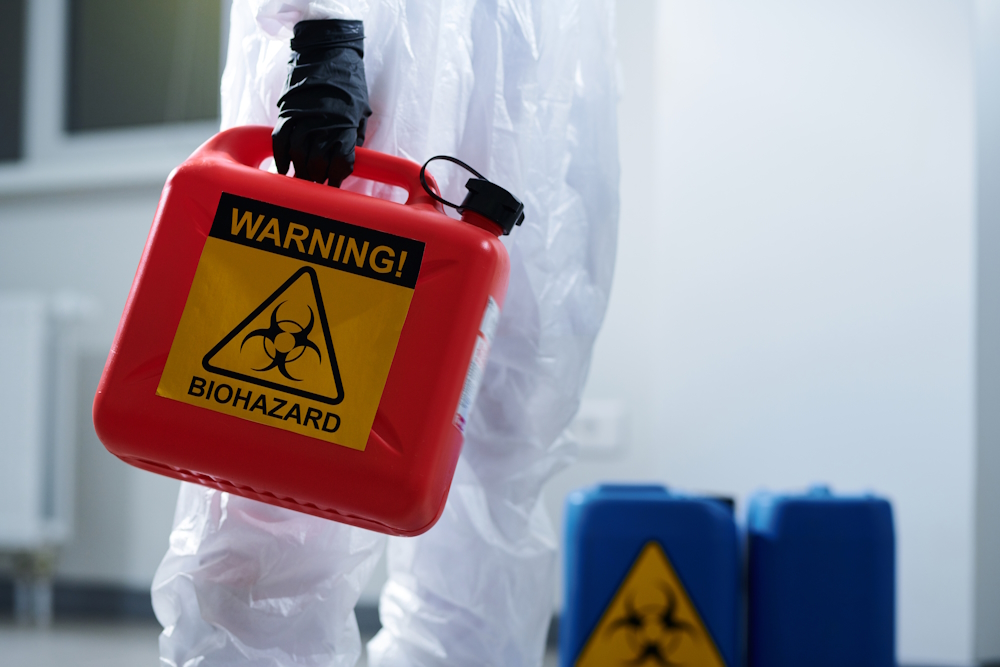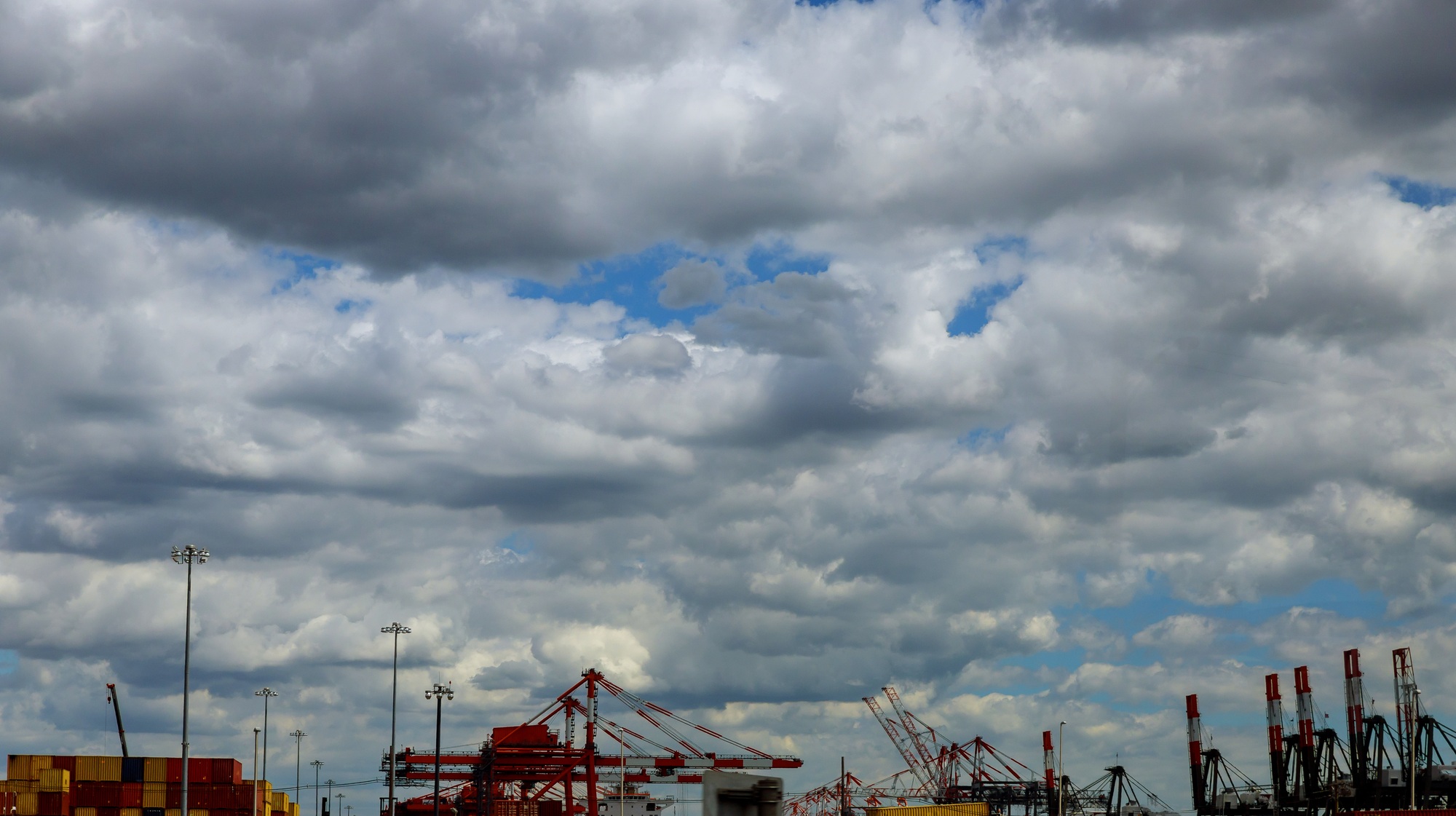
Dangerous Goods Transportation Requires Expertise
Dangerous Goods Transportation Requires Expertise
The transportation of dangerous goods or hazardous materials (dangerous goods) is an extremely challenging task. It involves strict rules and regulations that must be carefully followed. Failure to comply with any aspect, such as packaging, labeling, or documentation, can result in serious penalties.
Dangerous goods can encompass a wide range of items, including lithium batteries, portable chargers, aerosols, perfumes, and paints. If your business deals with any of these goods, minimizing errors in dangerous goods transportation provides an opportunity to save time and streamline workflows.
Considerations for a successful dangerous goods transportation operation include:
- Proper Classification of Your Shipment: Ensuring the accurate classification of your shipment is essential for compliance with legal regulations.
- Packaging: The packaging used must comply with regulations regarding material, structure, and maximum capacity set by control authorities. Additionally, it should clearly display the packaging identification code.
- Labeling: Appropriate signs, labels, and placards that clearly indicate the danger class and other necessary details must be affixed to the packaging of dangerous goods. These labels should be durable enough to withstand varying temperatures and conditions during transportation, avoiding issues like peeling or ink smudging.
- Documentation: Shipment documents should contain accurate and essential information, including identification numbers, hazard class, and the quantity of dangerous goods being transported.
- Mode of Transportation: Different transportation modes may have specific requirements for certain items. For example, the transportation of dry ice by air or sea may require different regulations than land transportation. It is advisable to prioritize land transportation for dangerous shipments whenever possible.
By carefully considering these factors and adhering to appropriate regulations, the risk of errors and penalties is minimized, ensuring compliance. Non-compliance with any of these factors can lead to significant fines, ranging from minor to substantial amounts. Furthermore, violations can cause significant delays in the delivery process. Therefore, prioritizing compliance is crucial to prevent financial implications and ensure timely deliveries.
How Do Errors Occur in Dangerous Goods Transportation?
Errors in the transportation of dangerous goods are more common due to the complex nature of relevant regulations. These errors may result from the unintentional neglect of specific requirements or deviations from guidelines prescribed for certain situations.
Errors that arise when the shipper’s dangerous goods processes are not properly established can often be attributed to specific workflows. For instance, the failure to use a dangerous goods label may stem from printing the label separately from the shipment label. Simultaneously printing all required labels significantly reduces the chance of accidental omissions.
Common Mistakes to Avoid During the Transportation of Dangerous Goods
Inadequate Marking and Labeling of Dangerous Goods: This is a common mistake often made by inexperienced or untrained personnel dealing with dangerous goods. Properly marked and labeled goods serve as vital communication tools, providing information about the material type, relevant hazard class, and necessary precautions to everyone involved in the transportation process.
Assuming a Material Is Non-Hazardous Without Sufficient Awareness of Risks: Inexperienced or untrained employees may lack the knowledge to distinguish between dangerous and non-dangerous materials. Consequently, they might mistakenly assume that a hazardous material is harmless, leading to its inclusion in the transportation chain without appropriate preparation and communication.
Such errors can have serious consequences depending on the nature of the material, the mode of transportation, and other relevant factors. Failing to declare dangerous goods not only exposes the shipper to significant fines and penalties but also invites potential transportation accidents with their associated negative repercussions.
To ensure the safety of everyone involved in the transportation process, it is crucial for personnel to receive proper training in identifying and handling dangerous goods.
Entrust Your Dangerous Goods Storage and Shipment to Bosphorus Transportation
Bosphorus Group possesses an ISO-certified warehouse approved for the storage and transportation of goods classified as dangerous. Additionally, we have strong expertise in customs consultancy and domestic logistics, making us the go-to company for comprehensive dangerous goods logistics solutions under one roof. You can rely on our team of trained and experienced experts to handle all aspects of dangerous cargo storage and transportation.
Contact our dangerous goods transportation experts today, and let us provide you with the customized solutions you need!




